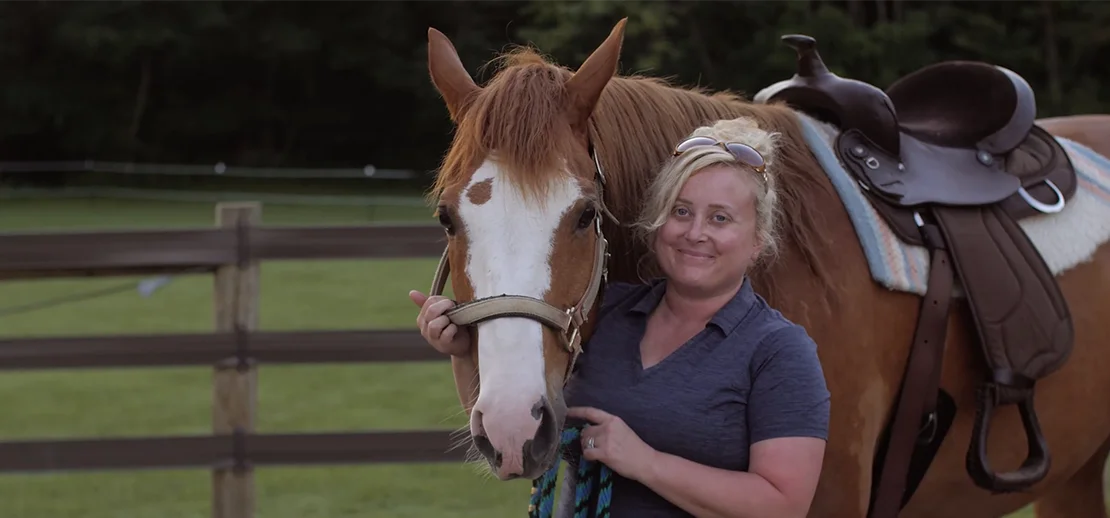
What is the Typical Process?
To create social media ads, we need three things:
First, your ideal client avatar. This is who you are targeting. The audience who will be your main buyer.
Second, an established or to establish a video content strategy.
Third, to collaborate with your marketing team on crafting the messaging.
Once we have those three things, we begin to craft the pre-production. Whether it be micro-content from larger pieces, a storyboarded commercial package, or animated commercial, what scripts or other pre-production we put together varies. This is why it's important to understand who are we trying to target, how, and with what content.
Securing any potential talent, licenses and permits, etc. all are gathered here as well.
This phase is usually collaborated on between our team and yours. You can be as involved or uninvolved as you desire.
If we already have content filmed for your upcoming advertising campaign, we can skip this step. The next step is to begin filming the content. based on pre-production.
Then, we begin editing. We'll send the content for review, add any requested changes, and send to your team to be pushed out through the platform the content was tailored towards.
Lastly, if you do not have access to marketing resources, we can recommend many to you. If you don't have the resources for that as well, we'll also add our video marketing services to your disposal. Video marketing is what separates us from most other production companies.
1. What goes into producing an advertisement?
Creating an advertisement involves several processes. Firstly, there's pre-production, which includes scriptwriting, casting, storyboarding, and location scouting. This stage is devoted to planning the commercials look.
Next comes production. After finalizing the shooting schedule, multiple cameras, lenses, drones, and microphones are used to shoot the commercial. To ensure everything proceeds as planned, someone will operate the camera, someone will handle the audio, and there will be a producer on set. Other roles may also be valuable while filming, but these are the minimum requirements.
Then, there's post-production where we'll edit the video footage. This involves color correction, cutting, and piecing together all the elements of the commercial to produce a final product.
Lastly, there's video marketing. If you are a marketing agency or have a marketing department this is out of our hands. If you do not have access to either resource, we will help you setup your advertisement correctly.
2. How long should a commercial be?
The best social media ad length varies based on the placement and intended use of the final product. Typically, aim for around 30 seconds; however, we have created commercials of varying durations to suit different needs.
Remember: The average attention span in 2023 is 6 seconds.
3. Do I need to write the script for my commercial?
Not at all! We have the capability to assist you with creating the scripts that have the right flow and optimal length.
4. Why use social media ads for business?
Social media ads can help businesses reach a highly targeted and engaged audience, increase brand awareness, generate leads, drive website traffic, increase sales and revenue. They offer flexibility, scalability, and measurable results at relatively low costs.
5. How can businesses choose the right social media platform for their ads?
Businesses should consider their target audience, marketing goals, budget, and ad format when selecting the right social media platform for their ads. Each platform has a unique demographic profile, user behavior, and ad features.
For example, if a business's target market is B2B, like us, LinkedIn may be a better platform choice.
6. What is the best way to target audiences with social media ads?
The best way to target audiences with social media ads is to use the platform's targeting options to define the ideal audience avatar. This can include demographic, interests, behaviors, geographic location, lookalike audiences, and website or email list retargeting. Advertisers should also consider using A/B testing to optimize ad performance.
7. What is the best way to measure the success of social media ads?
The best way to measure social media ad success is through specific key performance indicators (KPIs) based on marketing goals. This can include metrics like clicks, impressions, click-through rate (CTR), conversion rate, cost per click (CPC), etc. Advertisers should track and analyze these metrics regularly to make data-driven decisions and optimize ad performance.
8. What is the difference between paid social media ads and organic social media posts?
Paid social media ads are sponsored posts that businesses pay for, while organic social media posts are shared for free. The main difference is that ads have a wider reach and offer more precise targeting options, while organic posts have more authentic engagement and can be part of a long-term brand-building strategy.
9. What are some mistakes to avoid when creating social media ads?
Some mistakes to avoid when creating social media ads include using low-quality or irrelevant visuals, using clickbait or misleading headlines, not testing or optimizing ad performance, failing to comply with platform-specific ad policies, and not targeting specific audiences effectively.
10. What are the benefits of including a call-to-action?
Including a clear call to action (CTA) in video marketing encourages the viewer to take action and increases the likelihood of engagement or conversion. CTAs can include a variety of actions, such as subscribing to a newsletter, making a purchase, visiting a website, or requesting a demo.